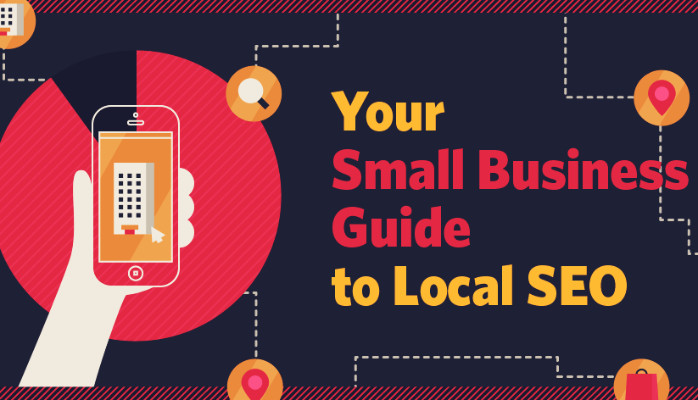1. Conduct In-Depth Keyword Research
Keyword research is the foundation of any successful SEO content strategy. You need to understand what your potential customers are searching for to align your content with their intent.
- Use Tools Like: SEMrush, Ahrefs, or Google Keyword Planner to find high-volume, low-competition keywords.
- Focus on Long-Tail Keywords: These are more specific and often have a higher conversion rate since they target users closer to making a purchase (e.g., “best waterproof running shoes for women” instead of just “running shoes”).
- Group Keywords by Intent: Separate keywords into categories such as informational, transactional, and navigational to target users at different stages of their buying journey.
2. Optimize Product Descriptions for SEO and Conversions
Each product page is an opportunity to rank in search engines and convert visitors into buyers. Well-optimized product descriptions are key.
- Use Primary and Secondary Keywords: Naturally integrate your target keywords into product descriptions. Avoid keyword stuffing and focus on readability.
- Highlight Features and Benefits: Focus on what makes the product unique and how it can solve the customer’s problem.
- Incorporate Customer Questions: Address common questions, like “Is this product compatible with XYZ?” to add valuable content and improve the chances of ranking for voice searches.
3. Create SEO-Optimized Category Pages
Category pages often target broader search queries and have the potential to drive massive traffic. These pages need detailed descriptions that help both users and search engines.
- Write Engaging Intro Text: Include an optimized introduction (300-500 words) describing the category, how it helps customers, and why your store is the best place to buy these products.
- Use Internal Linking: Link to relevant product pages and blog posts to encourage better crawlability and increase dwell time.
- Leverage H2 and H3 Tags: Break up content using subheadings to improve readability and naturally place keywords.
4. Leverage User-Generated Content (UGC)
User-generated content such as reviews, Q&A sections, and testimonials can provide SEO benefits while improving credibility.
- Encourage Product Reviews: Implement a review system for customers to share their experiences. Positive reviews with product-related keywords can help with long-tail SEO.
- Create FAQ Sections: Address common questions about your products. FAQ content often ranks in Google’s Featured Snippets and can drive high-quality traffic.
- Monitor UGC for SEO Opportunities: Pay attention to the phrases customers use and incorporate them into your product descriptions and category pages.
5. Write Compelling Meta Tags
Meta titles and descriptions are essential for both click-through rates (CTR) and SEO rankings. Make sure every page has an optimized meta tag.
- Include Keywords Early: Place your main keyword at the beginning of your meta title.
- Make Meta Descriptions Persuasive: Use your meta description to highlight unique selling points (USPs) and a clear call-to-action (CTA).
- Keep Meta Titles Under 60 Characters: Avoid truncation in search results by keeping titles concise.
6. Write Engaging Blog Posts That Target Informational Keywords
Blogging for e-commerce is an excellent way to target informational keywords and drive top-of-the-funnel traffic.
- Focus on “How-to” and List Articles: Create content that answers questions or provides product tips. For instance, “How to Choose the Right Size Running Shoe” could be paired with relevant product recommendations.
- Use Internal Links to Products: When relevant, link blog content to product pages. This encourages users to browse your store and purchase.
- Refresh and Update Content: Regularly update your old blog posts to include new product mentions, data, and internal links.
7. Improve Website Load Time and Mobile Experience
Content won’t rank well if your site is slow or not mobile-friendly. Google’s Core Web Vitals and mobile-first indexing make it crucial to focus on technical aspects too.
- Compress Images: High-resolution images are essential in e-commerce but can slow down your site. Use tools like TinyPNG to compress images without sacrificing quality.
- Use Responsive Design: Ensure your content is easy to read and navigate on mobile devices. Tools like Google’s Mobile-Friendly Test can help assess this.
- Optimize for Core Web Vitals: Improve metrics like loading speed, interactivity, and visual stability to align with Google’s ranking factors.
8. Focus on Local SEO (if applicable)
For e-commerce stores with a physical presence, local SEO is key to driving both online and offline traffic.
- Create Dedicated Location Pages: If you have multiple stores, each should have its own SEO-optimized page with address, phone number, and business hours.
- Include NAP (Name, Address, Phone Number) Consistently: Ensure your business details are consistent across your website and external directories.
- Claim Your Google My Business Listing: Optimize your profile with keywords, product offerings, and reviews to rank better in local search results.
9. Leverage Structured Data Markup
Adding structured data to your e-commerce website helps search engines understand your content and display rich snippets (such as star ratings, product availability, and prices) in search results.
- Use Product Markup: Implement schema.org markup for products to highlight price, availability, and reviews in SERPs.
- Include FAQ Markup: If you have an FAQ section, add schema markup to make it eligible for rich results in Google.
- Monitor Your Markup in Google Search Console: Ensure there are no errors with your structured data to maintain eligibility for enhanced search features.
10. Monitor and Measure Content Performance
To ensure your SEO content strategy is working, use tools like Google Analytics and Google Search Console to monitor performance.
- Track Keyword Rankings: Keep an eye on how your targeted keywords are performing.
- Measure Engagement: Look at metrics like bounce rate, average session duration, and pages per session to assess how engaging your content is.
- Adjust Based on Data: Use the insights you gather to tweak content, add new sections, or optimize product descriptions further.
Conclusion: Keep Your E-commerce Content SEO-Friendly and Customer-Focused
In the competitive e-commerce space, SEO-optimized content can make a significant difference in your website’s success. By following these best practices, from keyword research to structured data, you’ll not only attract more traffic but also convert that traffic into paying customers.
Focus on providing value, answering customer questions, and making it easy for users and search engines to understand your offerings. Over time, this will help your e-commerce store rise through the ranks and stay competitive in your niche.




